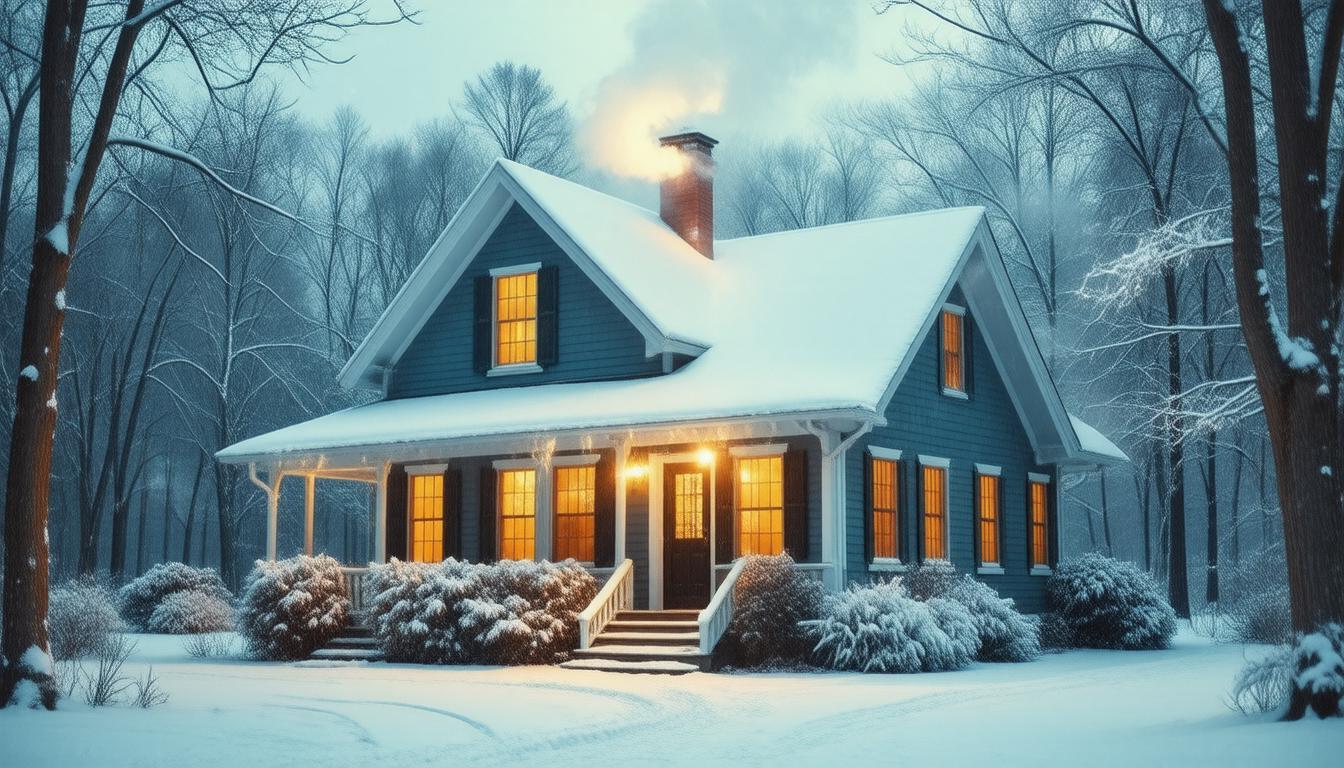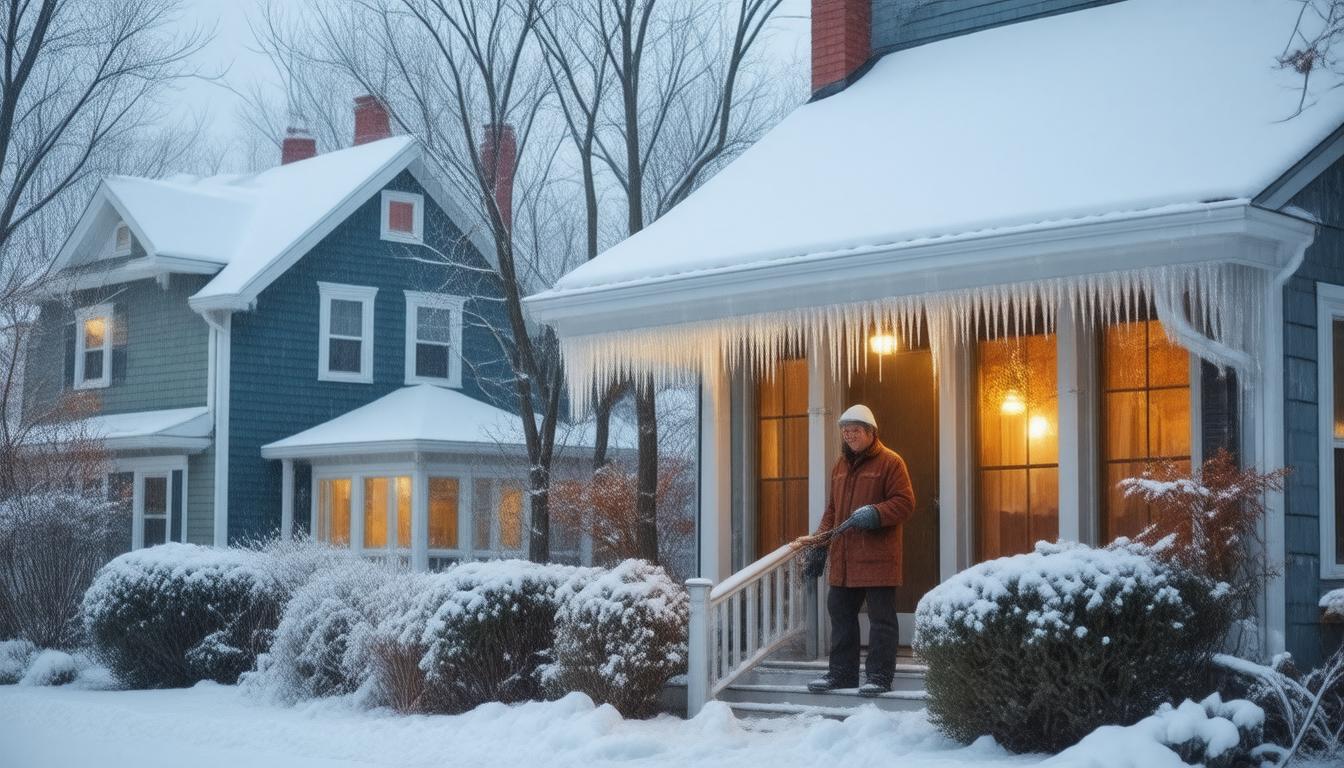
Window seals play an essential role in maintaining the efficiency and longevity of your windows. Acting as a barrier against the elements, they help to keep out water, wind, and external noise while retaining heat and air conditioning inside. Over time, these seals can wear down or get damaged, leading to drafty windows and increased energy costs. Understanding how to maintain your window seals and recognizing when they need replacement can save you money and increase your home’s comfort.
The Importance of Regular MaintenanceRegular maintenance is key to extending the life of window seals. Checking your seals at least twice a year can help identify early signs of wear and tear. When maintaining window seals, it is important to:
– Clean them gently using a mild soap and water solution to remove any dust and debris. This prevents the buildup of materials that could cause the seals to degrade.
– Inspect for any cracks, gaps, or areas where the seal has become compressed. This indicates that the sealant is losing its effectiveness.
– Look for condensation between double-glazed panes, which suggests a broken seal.
Maintaining the seals and addressing minor issues promptly can prevent more significant, costly problems down the line.
Common Problems with Window SealsThe most frequently encountered window seal issues include:
– Shrinkage: Over time, seals may shrink due to temperature fluctuations.
– Hardening or cracking: UV exposure and age can harden the sealant, leading to cracks.
– Mold or mildew growth: In damp climates, organic growth can degrade seal integrity.
Recognizing these common problems will better equip you to take action when seals begin to degrade.
When to Consider ReplacementKnowing when to replace window seals is crucial:
– If you’re experiencing drafts even after attempting repairs, it could mean that the sealing material has failed.
– Visible damage, like large cracks, extensive mold growth, or a seal that has pulled away from the glass or window frame, often necessitates a full replacement.
– Consistent condensation between panes of double-glazed windows typically means the seal is broken and moisture is getting inside; this may require the replacement of the entire window unit.
If you notice these issues, it is time to consider removing the old sealant and replacing it with a new one.
DIY Replacement versus Professional HelpFor the DIY enthusiast, replacing window seals can be an achievable project. You will need the proper materials, such as sealant or weather stripping, a sealant gun, and potentially a utility knife for removing the old sealant. Before starting:
– Ensure that the window’s surface is clean and dry.
– Apply the sealant smoothly and evenly.
– Follow the manufacturer’s instructions for curing times.
However, for large projects, complicated windows, or when double-glazed units are involved, professional help may be warranted. Professionals can address complex issues, guarantee the durability of the work, and often provide warranties for their services.
ConclusionWindow seals are a crucial component of home maintenance. Regular inspection and timely intervention can prevent energy loss and maintain your home’s comfort levels. While some maintenance and minor repairs can be a DIY endeavor, for extensive damage or specialty windows, seeking professional assistance is advisable. By maintaining and, when necessary, replacing window seals, you can protect your home and your investment effectively.







